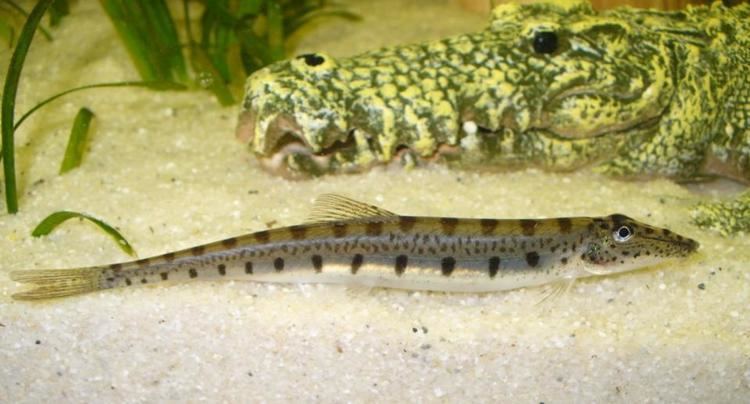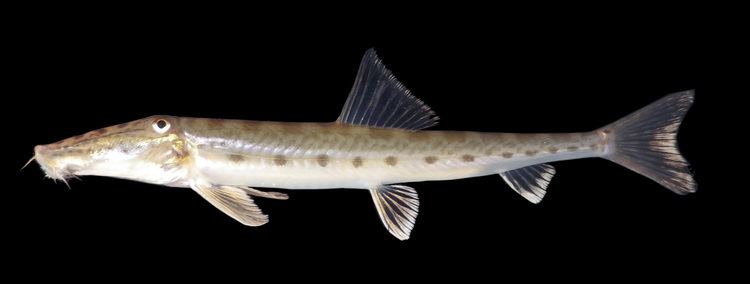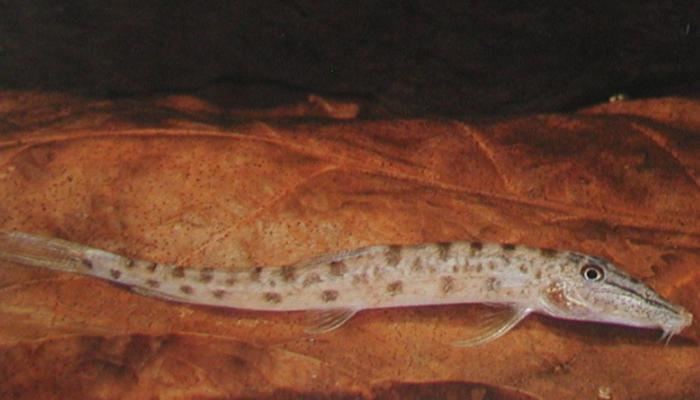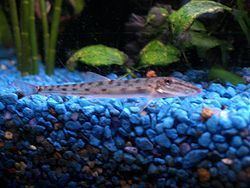Higher classification Acantopsis | Phylum Chordata Scientific name Acantopsis dialuzona Rank Species | |
 | ||
Similar Acantopsis, Acantopsis octoactinotos, Horseface loach, Cobitidae, Cypriniformes | ||
Horsehead loach acantopsis dialuzona pferdekopfschmerle
Acantopsis dialuzona is a loach native to the swift, clear streams and rivers of mainland and archipelagic Southeast Asia, from India to Indonesia through the Chao Phraya and Mekong river basins. It can also be found in flooded fields.
Contents

The horseface loach or horsehead loach, formerly known as Acantopsis choirorhynchos, is now recognized as belonging to this species.

Aquarium Keeping

A very similar species is the unofficially named longnose loach, Acantopsis octoactinotos, from which the horseface can be distinguished by the latter's down-turned (horse-like) nose. Additionally, the horseface loach buries itself in the bottom substratum (if silt or fine sand); the longnose loach does not. The horseface loach is fast moving; the longnose is rather slow. However, the longnose is more aggressive, regularly feeding on juvenile fishes.

The horseface loach's native substrate is one of sand or gravel, wherein it will characteristically burrow itself. These loaches spend much of their time buried in the substrate, leaving only their eyes uncovered. Due to this incessant burrowing, any live plants should be potted to avoid uprooting. The use of floating plants is recommended, as these loaches prefer subdued lighting. Horseface loaches are not picky eaters, but live food (such as tubifex) is relished.

The horseface loach is most active at night and mostly keeps to itself. It attains a maximum size of 30 centimetres (12 in) in length, but is considered mature from 6 centimetres (2.4 in). As of 1997, it had not been bred in captivity. It was first imported into Europe in 1929 by Edmund Riechers of Hamburg, Germany.
Local names:
